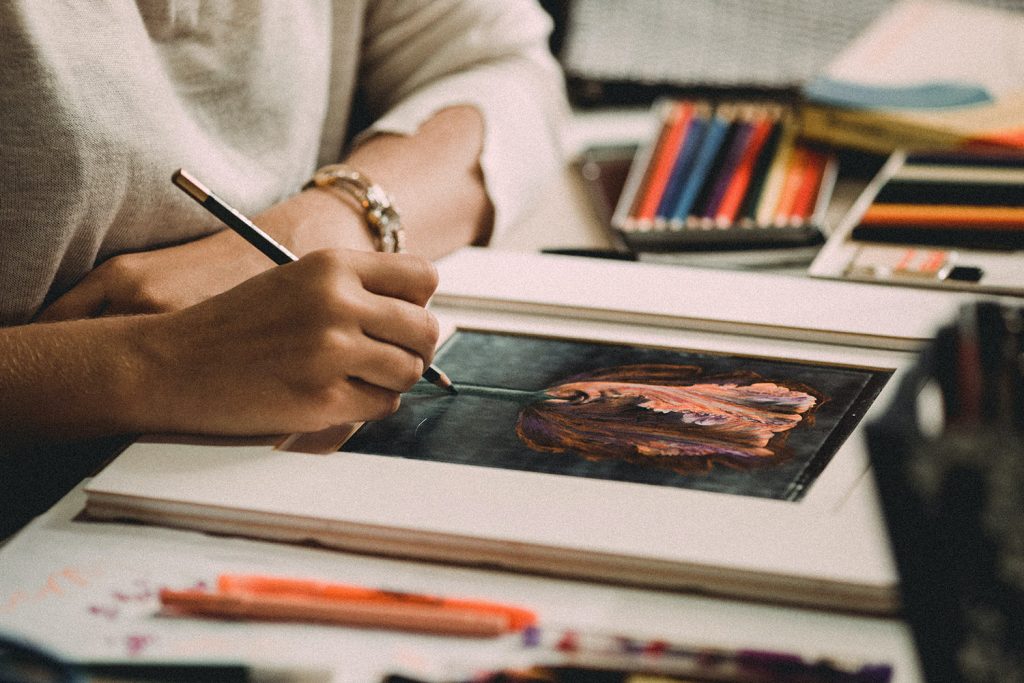Brick is one of the oldest and most versatile man-made materials used for construction today. Some of the earliest dried mudbricks, dating before 7,500 BC, have been found in the upper region of the River Tigris and south-eastern Anatolia. Brick has been around since prehistoric times, although there was a sharp increase in its production after the Industrial Revolution (1760-1840) when it was used extensively for exterior, interior and structural walls, chimneys and fireplaces, foundations and paved floors. Aesthetica’s list brings together 20th century and contemporary structures united by this fundamental material.

Imperial Kiln Museum, Jingdezhen, China | Studio Zhu-Pei | 2020
The Imperial Kiln Museum is located in Jingdezhen, China, which is often called the “porcelain capital” of the world. Designed by Studio Zhu-Pe, the gallery’s curves – and contents – pay tribute to the country’s cultural heritage. Vaulted red-brick structures recall traditional kilns. The architects note: “the overall experience of the museum tries to rediscover the roots of Jingdezhen, to recreate the past experience among kilns, porcelain and human beings.” A mix of new and recycled brick was used for the arches, which are surrounded by a series of artificial pools, green parks and public spaces.

Tate Modern – Blavatnik Building, London, UK | Herzog & de Meuron | 2016
The Blavatnik building sits next to London’s Tate Modern, a former power station. The extension was built upon repurposed oil tanks which are now used as utility spaces for concerts, live art and public events. Designed by Swiss architect duo Herzog & de Meuron, the 10-storey tower uses a purpose-built brickwork system that distinguishes the new structure from the old, whilst uniting them in their overall look. The architects explain that “pairs of bricks are bonded in advance and laid in a staggered pattern.” Inside, the raw interior and unusual shapes bring a unique character to the exhibition space.

Shuyang Art Gallery, China | ZheJiang University | 2014
The Shuyang Art Gallery is situated in China’s coastal Jiangsu Province, which is the birthplace of traditional calligraphy. This art form uses three main colours – black, red and white – which are all present at the site. Through its public programme and visual language, the building channels purity and refinement – hallmarks of the country’s decorative hand motifs. The cultural centre’s largest exhibition hall is built from raw brick. Whilst this material stands for simplicity, the façade’s intricate pattern shows various formations created with interlocking techniques. Designed by the Architectural Design & Research Institute of Zhejiang University, the site offers a tranquil and peaceful visitor experience for the public.

Marta Herford Museum, Herford, Germany | Frank Gehry | 2005
The Marta Herford is an international museum for contemporary art with a special focus on architecture and interior design. This visual landmark resonates with the flowing course of the nearby River Aa, and it was designed by Frank Gehry (b. 1929). The structure’s distinctive shapes recall Gehry’s other commissions such as Bilbao’s Guggenheim Museum (1997) and the Walt Disney Concert Hall in Los Angeles (1997). The dark red brick façade stands in contrast to the glimmering stainless-steel roof – the material Gehry is best known for. Inside, visitors are welcomed with galleries with straight lines and right angles; the core of the gallery is a former textile factory that was completed in 1959.

National Assembly Building, Bangladesh, Dhaka | Louis Kahn | 1983
Louis Kahn (1901-1974) is an Estonian-born architect, recognised for his use of brick, concrete and wood. One of his most well-known buildings is the National Assembly complex in Dhaka. At the time of the building’s commission, Pakistan was separated into a western and eastern part, with Islamabad and Dhaka as capitals. In 1971, however, east Pakistan became independent and was renamed as Bangladesh. The site comprises a series of interconnected towers and office blocks that are placed on an artificial pool. It has been described as a “monumental tectonic ensemble,” with its imposing volumes and toned down colours referencing Bangladeshi temples and Buddhist monasteries. The raw surfaces have a peaceful presence, managing to carry a sacred ambience through the visual language of modernism.
Words: Fruzsina Vida
Image credits:
1. Tate Modern Blavatnik Building © Alex Upton Architectural Photopgraphy
2. Jingdezhen Imperial Kiln Museum / Studio Zhu-Pei © Schran Images
3. Tate Modern Blavatnik Building © Alex Upton Architectural Photopgraphy
4. Shuyang Art Gallery, Main Entrance. © Qiang Zhao
5. Marta Herford Photo: Besim Mazhiqi
6. National Parliament Of Bangladesh, Dhaka, Bangladesh, Photo: Cemal Emden




